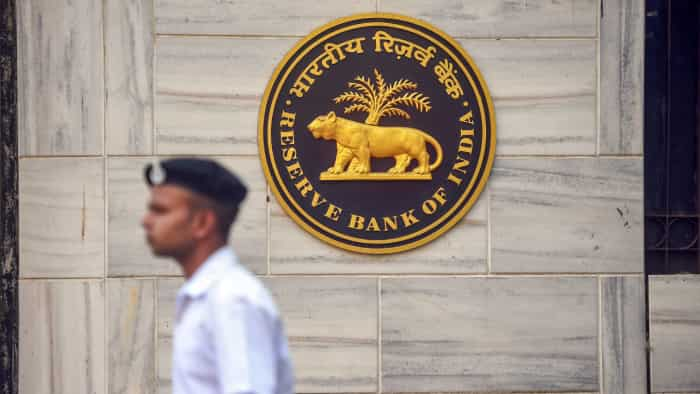Public Provident Fund (PPF): Money on mind? Save and forget! This scheme is empowering
Public Provident Fund or PPF investment is basically for those investors who want a fixed return on their retirement but with the flexibility to take out money after a certain period for various big expenses.

Public Provident Fund or PPF investment is basically for those investors who want a fixed return on their retirement but with a flexibility that during times of any financial emergency, he or she can fish out the money as well without being locked out. According to the tax and investment experts if an investor, who wants flexibility while investing for retirement, Public Provident Fund is a good option because it allows an investor to avail the Income Tax exemption too of up to Rs 1.5 lakh investment. On making money, PPF is currently giving 7.9 per cent returns per annum.
Speaking on the returns that an investor can bag after investing in PPF Kartik Jhaveri, Manager — Wealth Management at Transcent Consultants said, "The interest rate on PPF is decided quarterly by the central government and for July to September quarter it is 7.9 per cent per annum. PPF account matures after completion of 15 years. One may extend the term after 15 years by a block of another 5 years with or without making additional contributions. The maturity amount of PPF is 100 per cent tax-free. PPF is a 100 per cent Debt oriented product, guaranteed by the government, providing safety of capital."
See Zee Business Live TV streaming below:
Speaking about the limit to which an investor can invest in PPF in a year Jitendra Solanki, a SEBI registered tax and investment expert said, "In PPF, an investor can't invest beyond Rs 1.5 lakh. A PPF investor can stop investment after 5 years and can withdraw the whole amount after 15 years." On income tax benefits that a PPF investor can claim while filing his or her Income Tax Return or ITR, Solanki said that under Section 80C, an income taxpayer can claim tax exemption up to Rs 1.5 lakh per annum investment in PPF. However, he pointed out that SEction 80C gives income tax exemption up to Rs 1.5 lakh which includes ELSS Mutual Fund, PPF, Voluntary Provident Fund (VPF) investments as well. So, if a person is investing in other option falling under Section 80C, then he or she won't be able to claim income tax exemption for his or her investment in PPF. In that case, he or she can claim income tax exemption on the balance left after deducting the other investment and the Rs 1.5 lakh limit.
Get Latest Business News, Stock Market Updates and Videos; Check your tax outgo through Income Tax Calculator and save money through our Personal Finance coverage. Check Business Breaking News Live on Zee Business Twitter and Facebook. Subscribe on YouTube.
RECOMMENDED STORIES

RBI Rule: New system for online money transfers to be implemented from April 1, 2025; here's all you need to know

Latest SBI Senior Citizens FD Rates: What will you get on maturity if you invest Rs 9,89,898, Rs 8,78,787, and Rs 6,56,565 in Amrit Vrishti, 1-, 3-, and 5-year FDs?
08:56 PM IST









 SIP vs PPF: By investing Rs 1 lakh annually, how much wealth can you expect to build in 15 years?
SIP vs PPF: By investing Rs 1 lakh annually, how much wealth can you expect to build in 15 years? PPF vs SIP: Rs 12,000/month investment for 30 years; see which can create a larger retirement corpus
PPF vs SIP: Rs 12,000/month investment for 30 years; see which can create a larger retirement corpus PPF vs Sukanya Samriddhi Scheme: Which can create a larger corpus on maturity with Rs 1.5 lakh annual investment for 15 years?
PPF vs Sukanya Samriddhi Scheme: Which can create a larger corpus on maturity with Rs 1.5 lakh annual investment for 15 years? Investment Strategy: How you can earn interest in this guaranteed return scheme without investing a single rupee after 15-year lock-in period
Investment Strategy: How you can earn interest in this guaranteed return scheme without investing a single rupee after 15-year lock-in period Sukanya Samriddhi, Kisan Vikas Patra, 15-year PPF, National Savings Certificate, other small savings schemes to pay these returns in Q3 FY25
Sukanya Samriddhi, Kisan Vikas Patra, 15-year PPF, National Savings Certificate, other small savings schemes to pay these returns in Q3 FY25